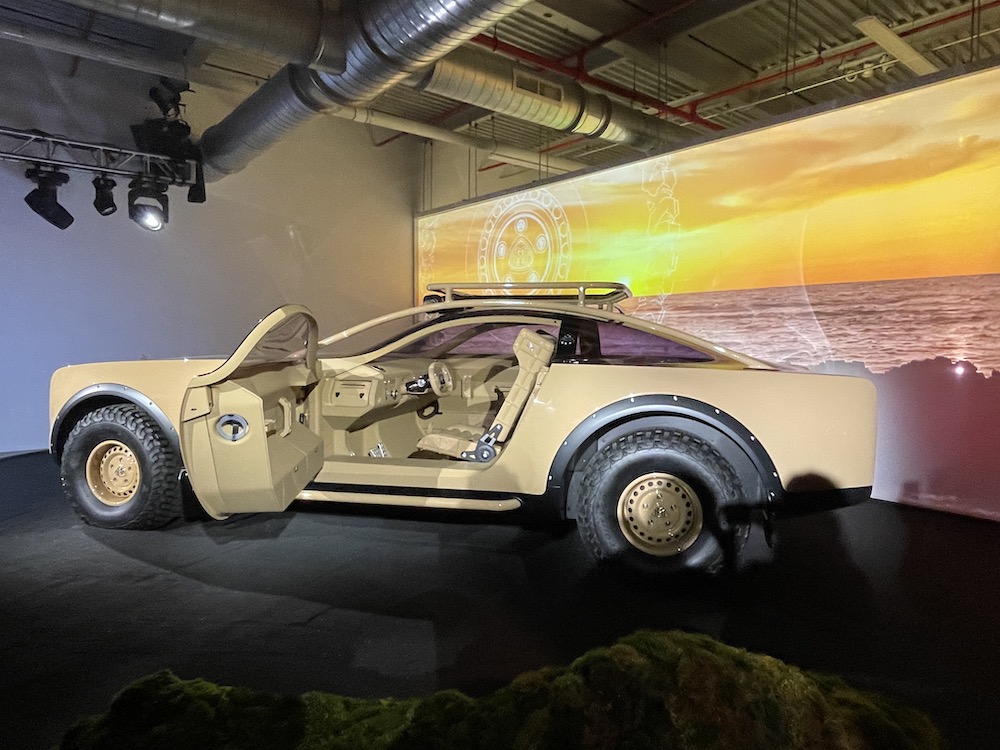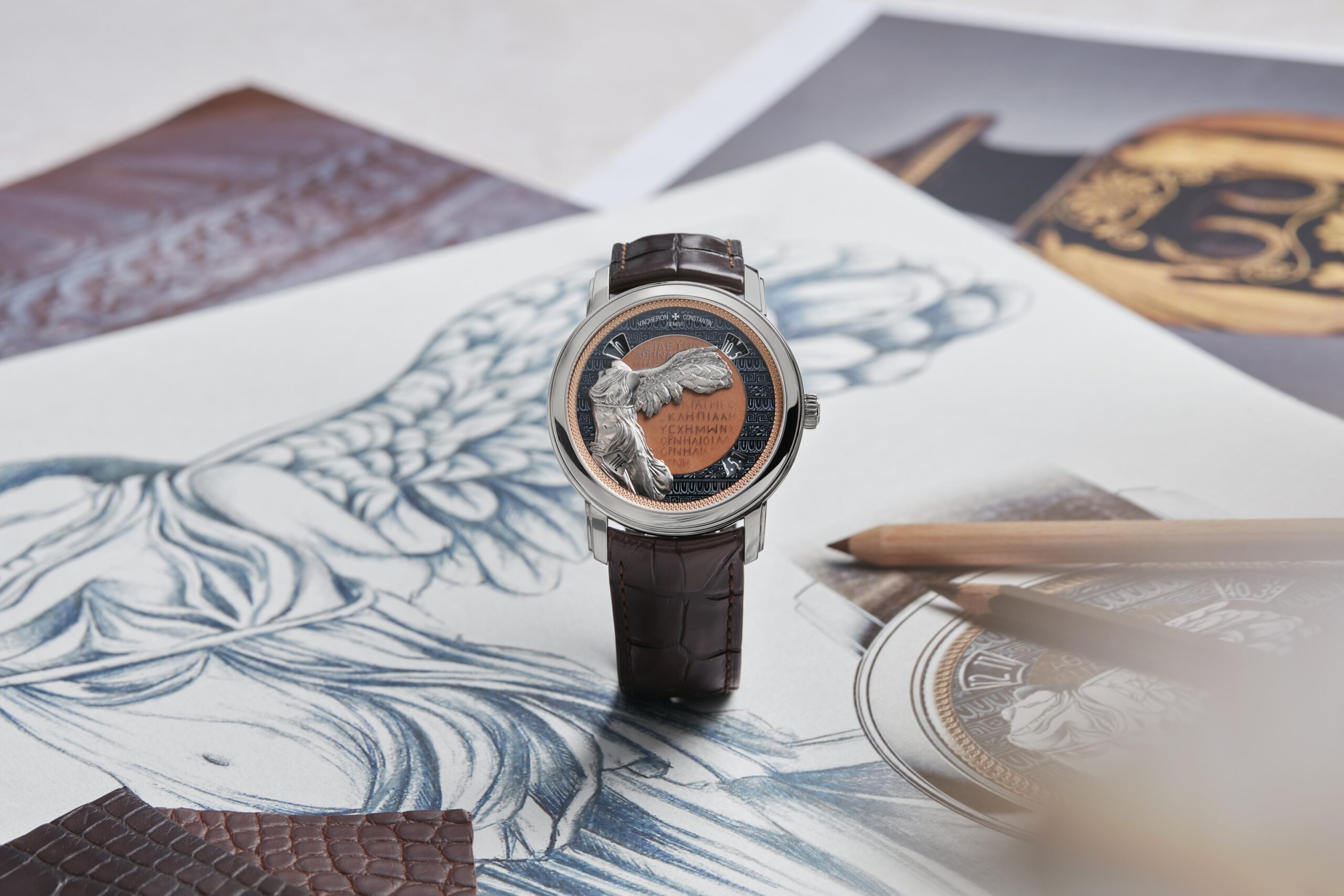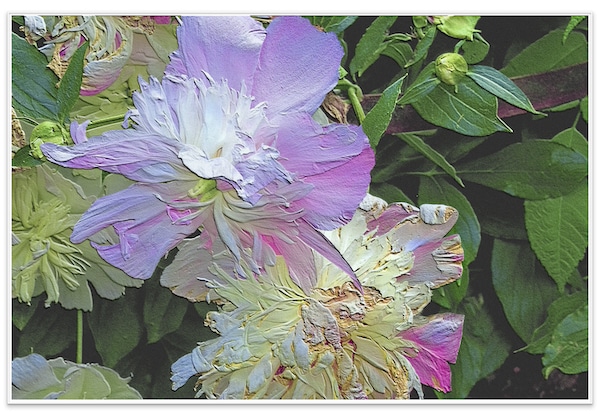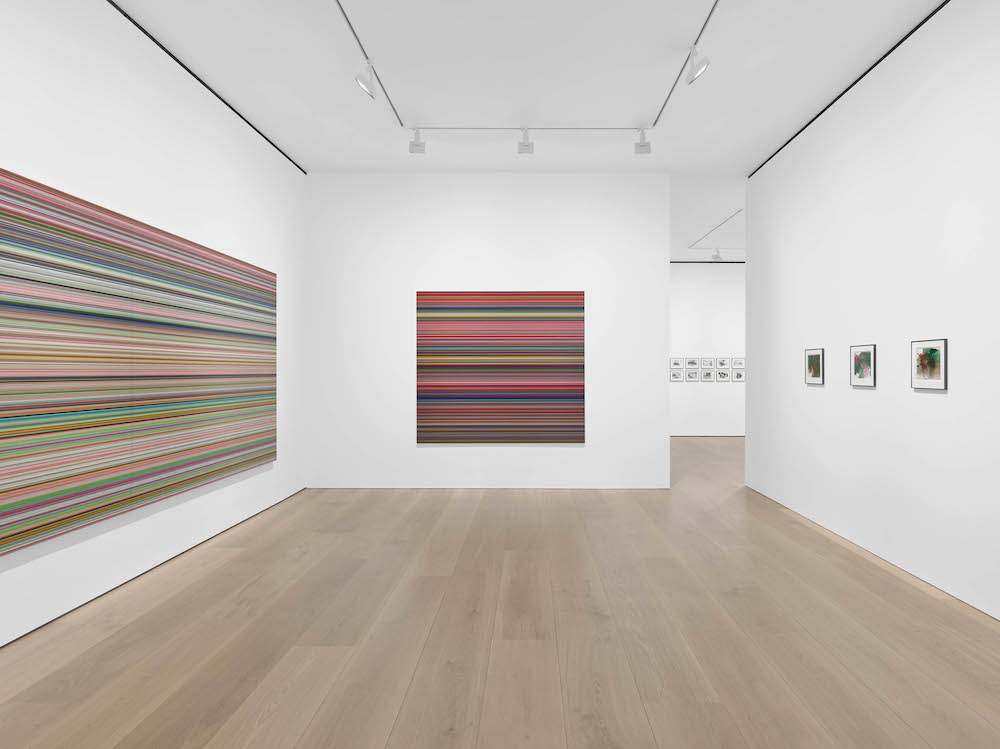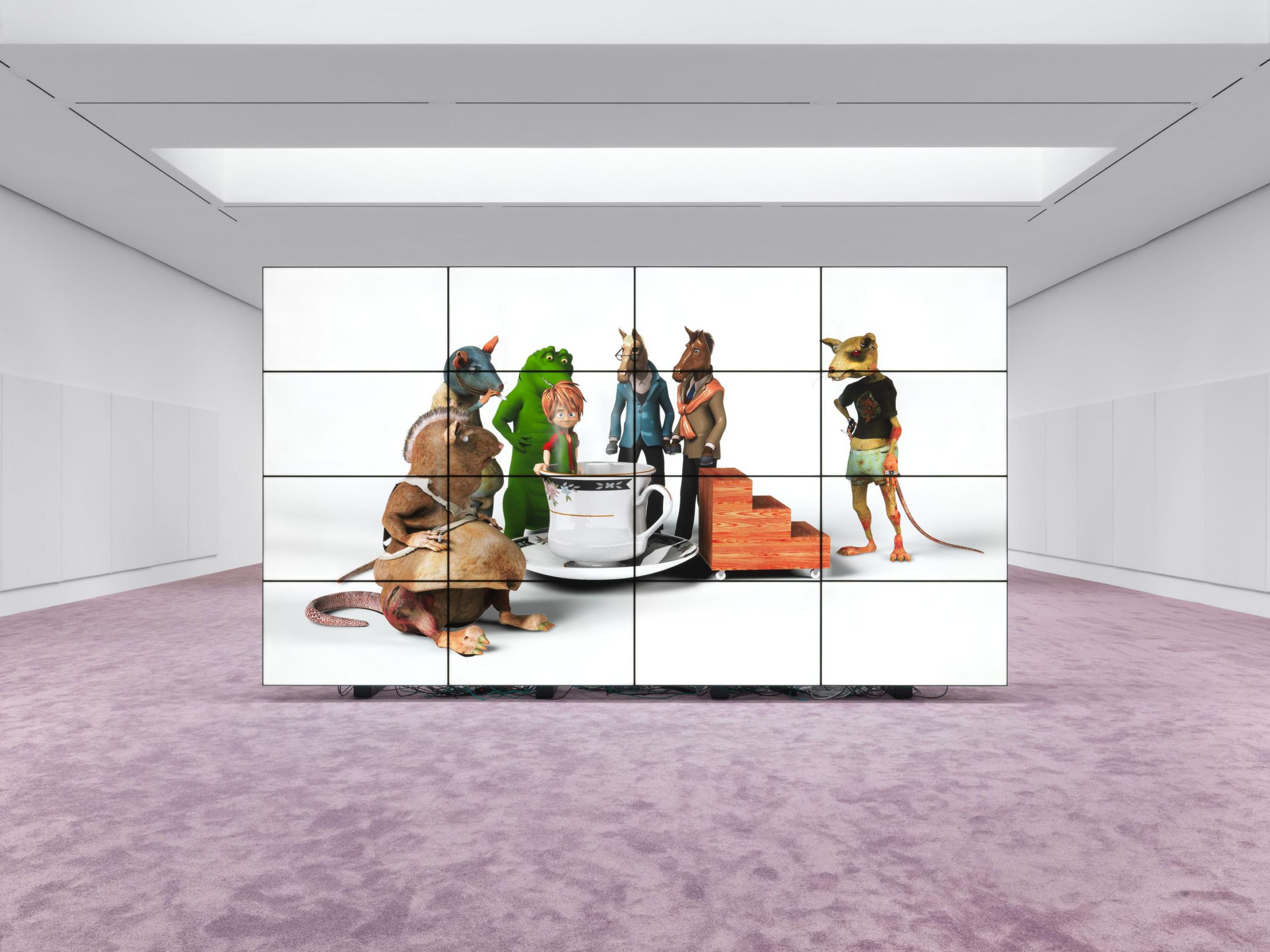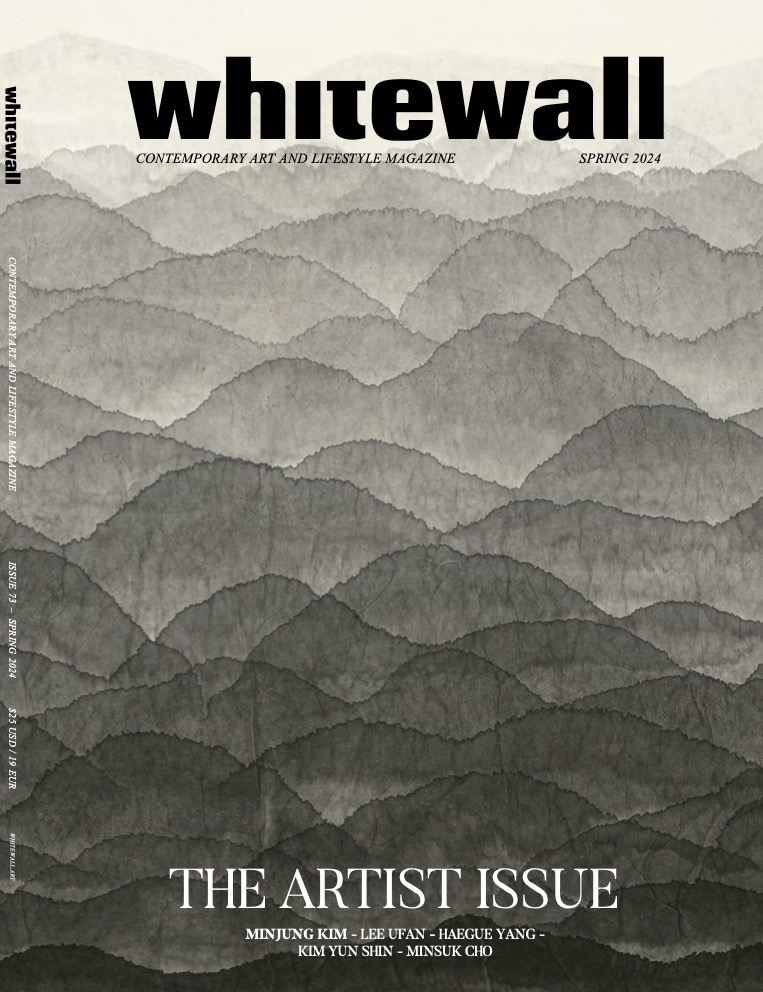Donald Judd’s art is characterised by a lifelong struggle to evade categorisation. Associated universally with the minimalist movement of the 1960s, Judd himself squirmed at such a connection. London’s David Zwirner gallery presents the first exhibition of Judd’s work in the city for over a decade, and is entirely in keeping with the artist’s indefinable oeuvre (on view through August 3). The late artist’s son, Flavin Judd, asserted that “it was important not to have a theme or superimpose any ideas over the work. To have pieces that worked together – that was the only criteria.”
The white Georgian townhouse in prestigious Mayfair, which became home to the gallery last October, forms an intriguing setting for the display of Judd’s raw, factory-constructed sculptures that are spread across two floors. White walls and brushed pine floorboards softly compliment works such as the seminal Untitled, July 6 (1964) in the artist’s favorite cadmium red, a galvanised iron rhomboid which dominates the gallery floor, and the plywood Untitled (Ballantine 89-49) (1989). Plexiglass pieces, including the fluorescent pink Untitled, March 8 (1965), shine colored light across baron walls and Judd’s wall-mounted stacks, appear to float, weightlessly.
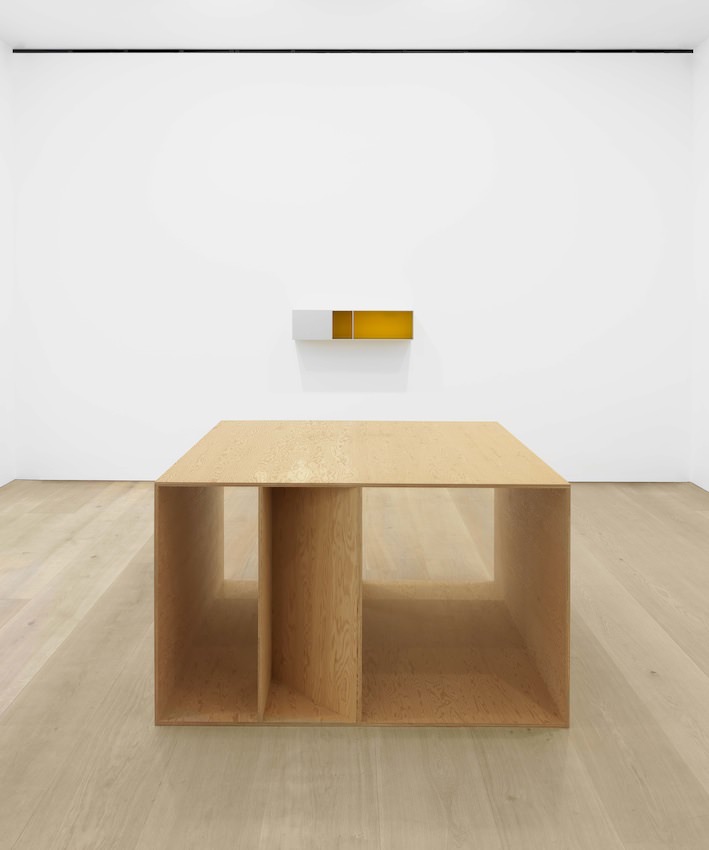
The importance of viewing these works from a variety of angles is key, and with quiet contemplation, visitors can perceive the works as Judd had intended: without prior expectation (as he wrote in his canonical 1965 essay, Specific Objects).
The works are ambiguous, blurring the lines between sculpture and architecture with industrial materials such as anodised aluminium and steel. Judd was not concerned with artists’ intentions, rather, he sought to create pieces that lent themselves to the viewer’s own thought process. His work is about contemplating nothing more than the item itself. To that point, Judd stopped naming his works in order to avoid any preconceived ideas.
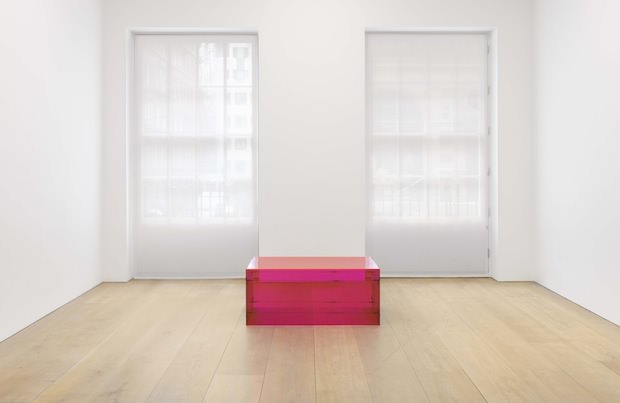
Christopher D’Amelio, the organizer of the show, described the pieces as “still very fresh, still very alive” and explained the gallery’s intention to show “how many different forms and permutations and types of pieces occur throughout Judd’s career.” The exhibition presents a rare and special opportunity to see these historic works outside of private collections.

